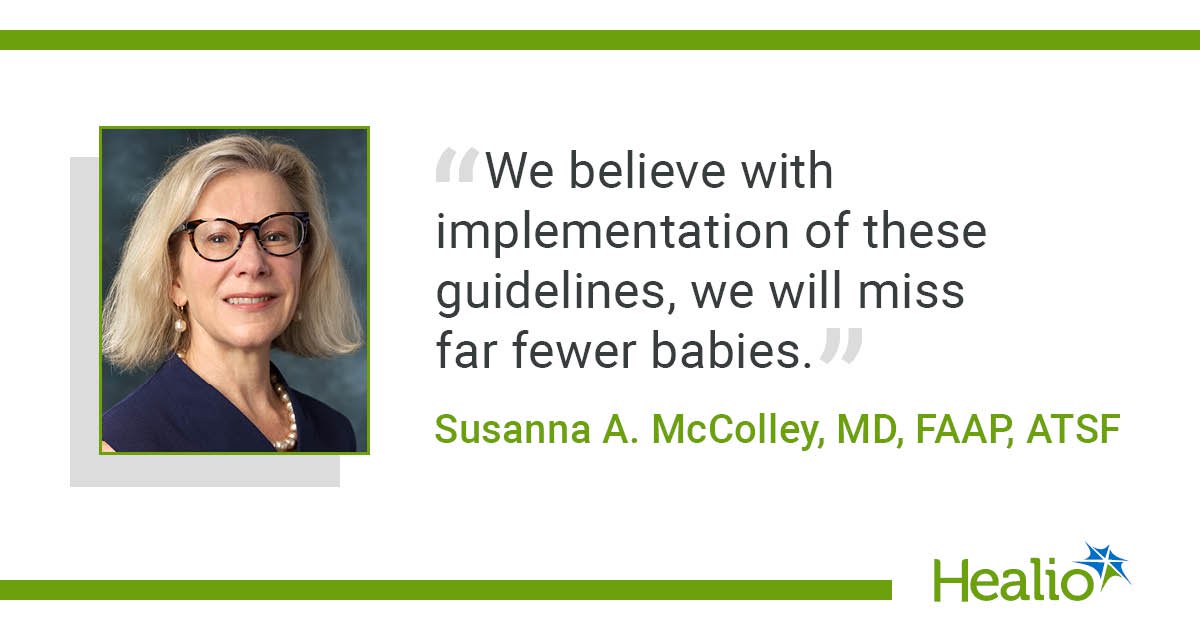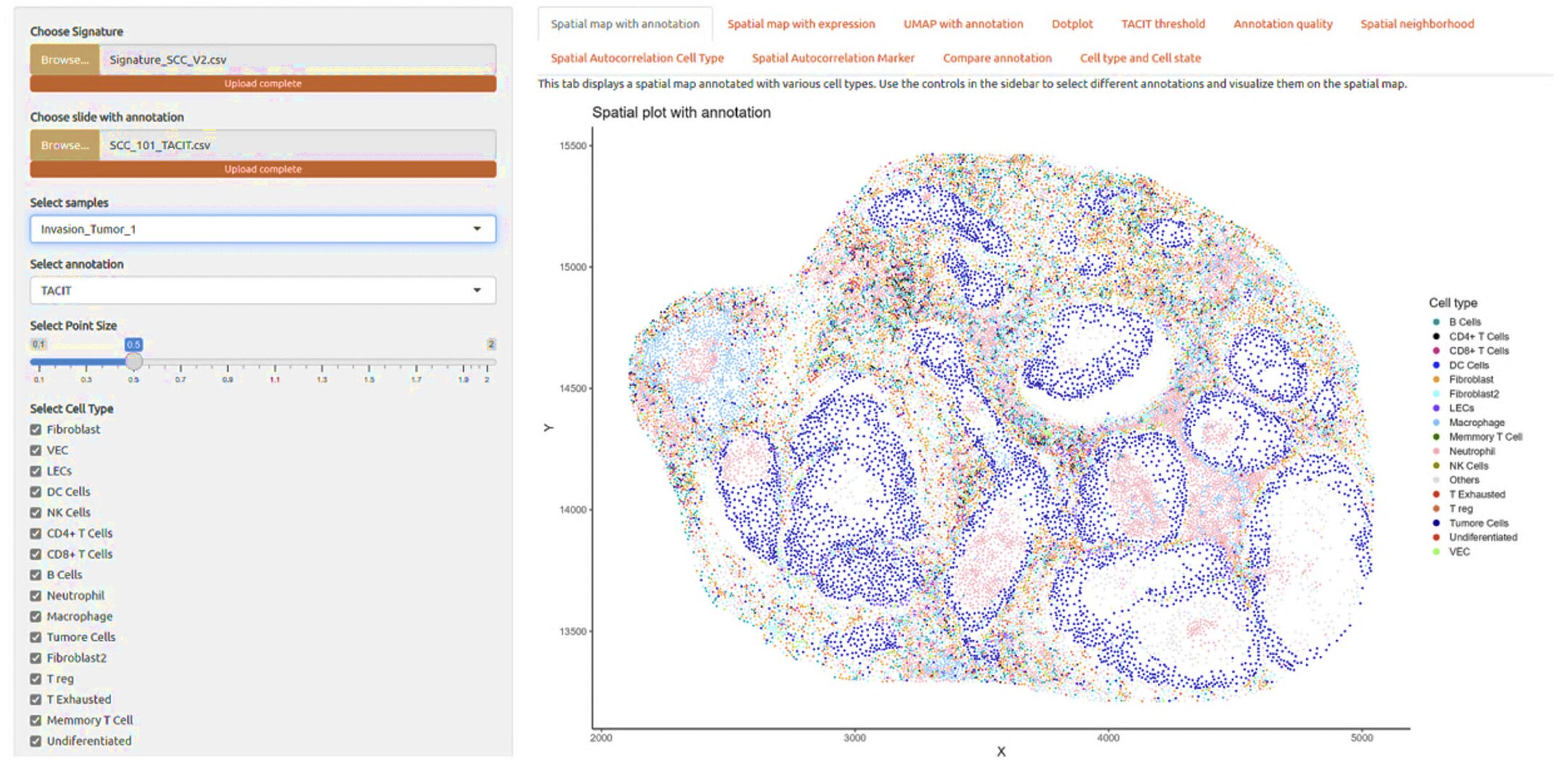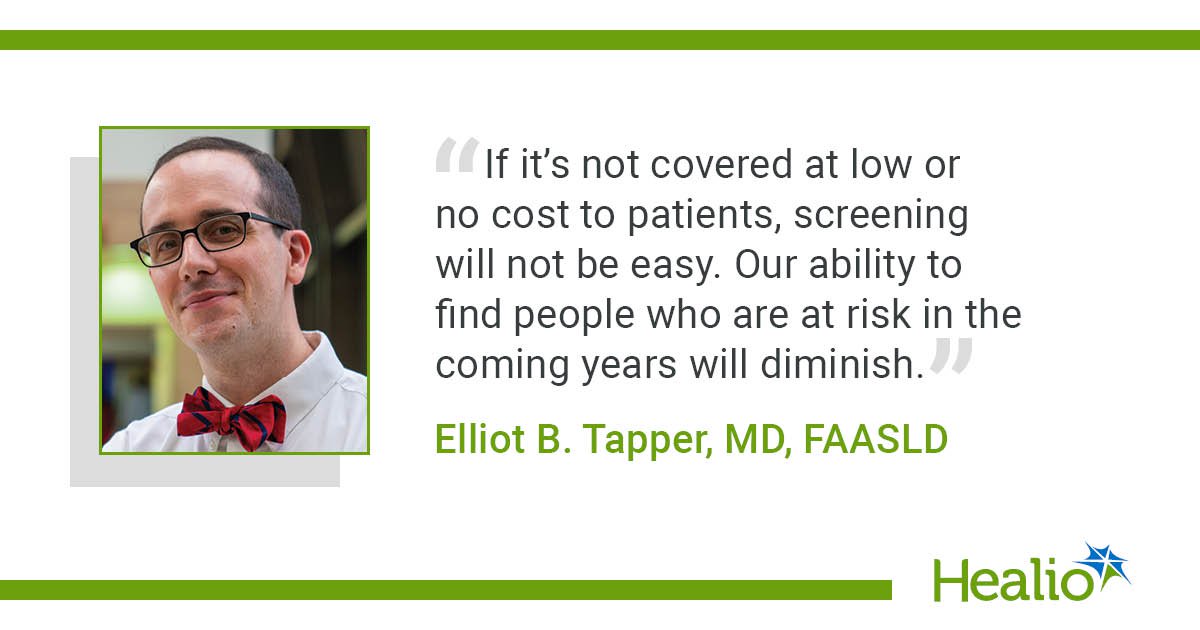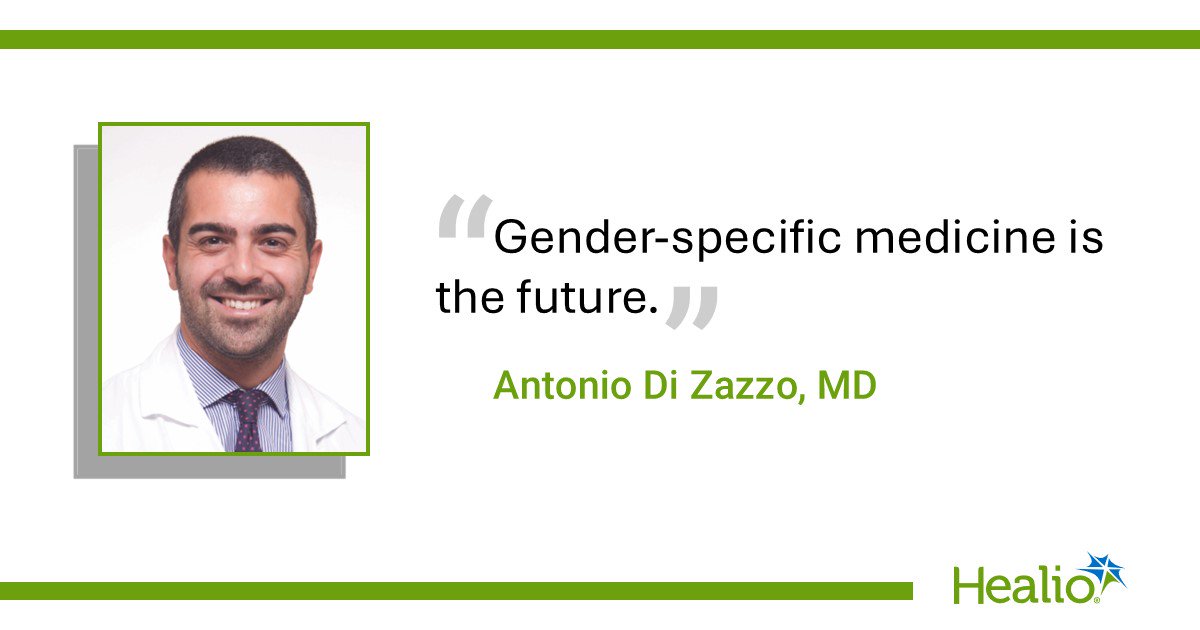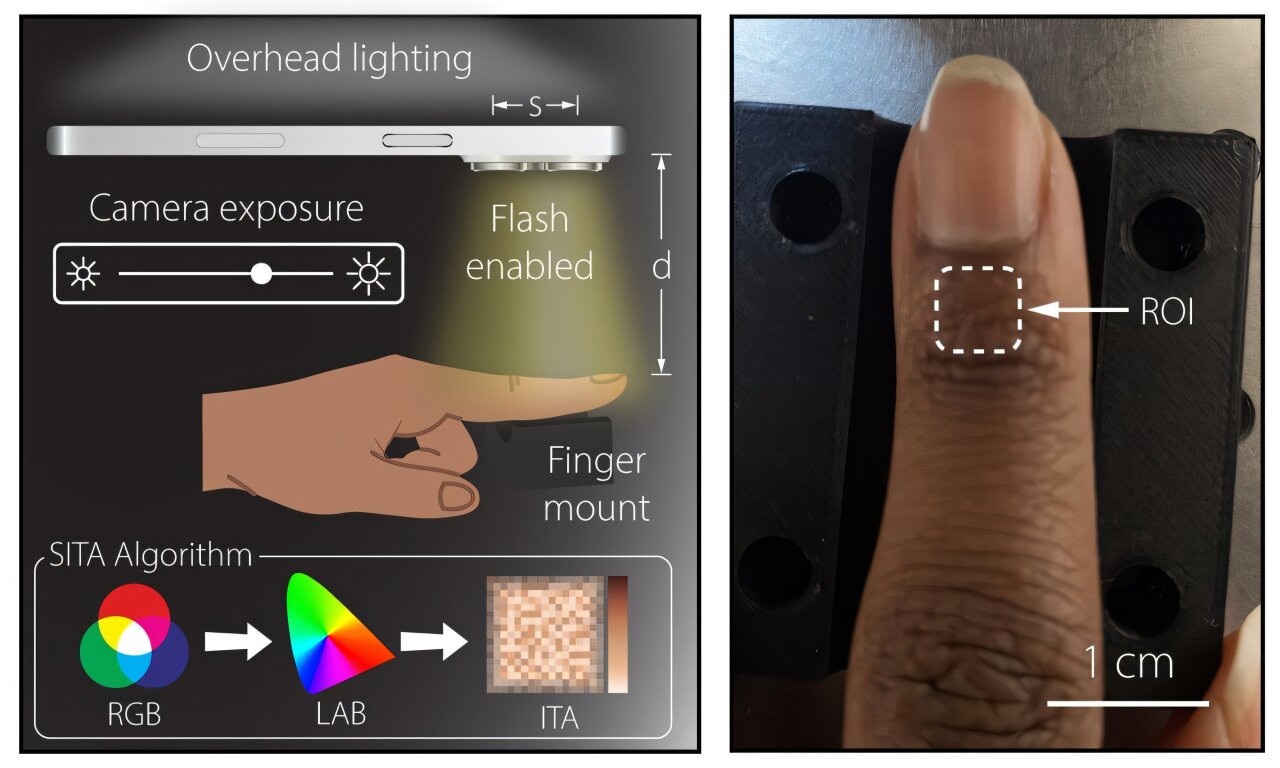Key takeaways:
- Patients with glaucoma had increased biomarkers of chronic stress at a median of 6.4 years before diagnosis.
- The relationship was partly mediated by Black race and Hispanic ethnicity.
Biomarkers of chronic stress can be observed in the years before a glaucoma diagnosis, suggesting potential opportunities for intervention, according to a study.
“As the prevalence of glaucoma is projected to rise rapidly over the next 2 decades, renewed emphasis has been placed on identifying novel modifiable risk factors that are amenable to intervention,” Kristy Yoo, of the Keck School of Medicine at the University of Southern California, and colleagues wrote in American Journal of Ophthalmology. “The role of chronic stress in glaucoma has been presumed, as multiple pathogenic processes are exacerbated by increased stress and its downstream physiologic mediators.

“Although a link between chronic stress and glaucoma seems intuitive, there is sparse knowledge about this topic based on physiological data collected before glaucoma diagnosis.”
To investigate the relationship between chronic physiological stress and glaucoma, Yoo and colleagues conducted a retrospective case-control study using data from the NIH All of Us Research Program. The study included 349 case participants with a diagnosis of either primary open-angle glaucoma or primary angle-closure glaucoma and 1,819 control participants without any diagnosed or suspected glaucoma.
The physiological effects of chronic stress on each participant were quantified using the Seeman allostatic load scale, which consists of 10 systemic biomarkers that are “related to the activation of the autonomic nervous system and hypothalamic-pituitary-adrenocortical axis,” the researchers wrote, including BMI, systolic and diastolic blood pressure, cholesterol, triglycerides, glycated hemoglobin, C-reactive protein, glomerular filtration rate, albumin and homocysteine.
The scores were calculated based on the participants’ earliest and latest measurements for each biomarker, a median of 6.4 years before glaucoma diagnosis and a median of 7 years after diagnosis.
At 6.4 years before diagnosis, allostatic load scores were significantly higher in patients later diagnosed with glaucoma than those not diagnosed (P < .001). At a median of 7 years after diagnosis, the difference in scores “persisted and grew stronger,” the researchers wrote.
In a multivariable logistic regression analysis, the odds ratio for glaucoma increased by 1.09 per point on the allostatic load scale.
A subgroup analysis showed a significant association with primary open-angle glaucoma (P = .01) but not primary angle-closure glaucoma.
Black race and Hispanic ethnicity each more than doubled the odds of glaucoma (P < .02) compared with white race. Allostatic load score was found to mediate 7.5% of the increased risk in Black participants and 5% of the increased risk in Hispanic participants.
“These findings provide insights into the potential role of chronic stress and its downstream physiologic mediators as risk factors for glaucoma,” Yoo and colleagues wrote. “They also highlight the need for additional longitudinal studies on the potential benefit of holistic, stress-reducing lifestyle interventions and the contribution of chronic stress to disparities in glaucoma prevalence.”




